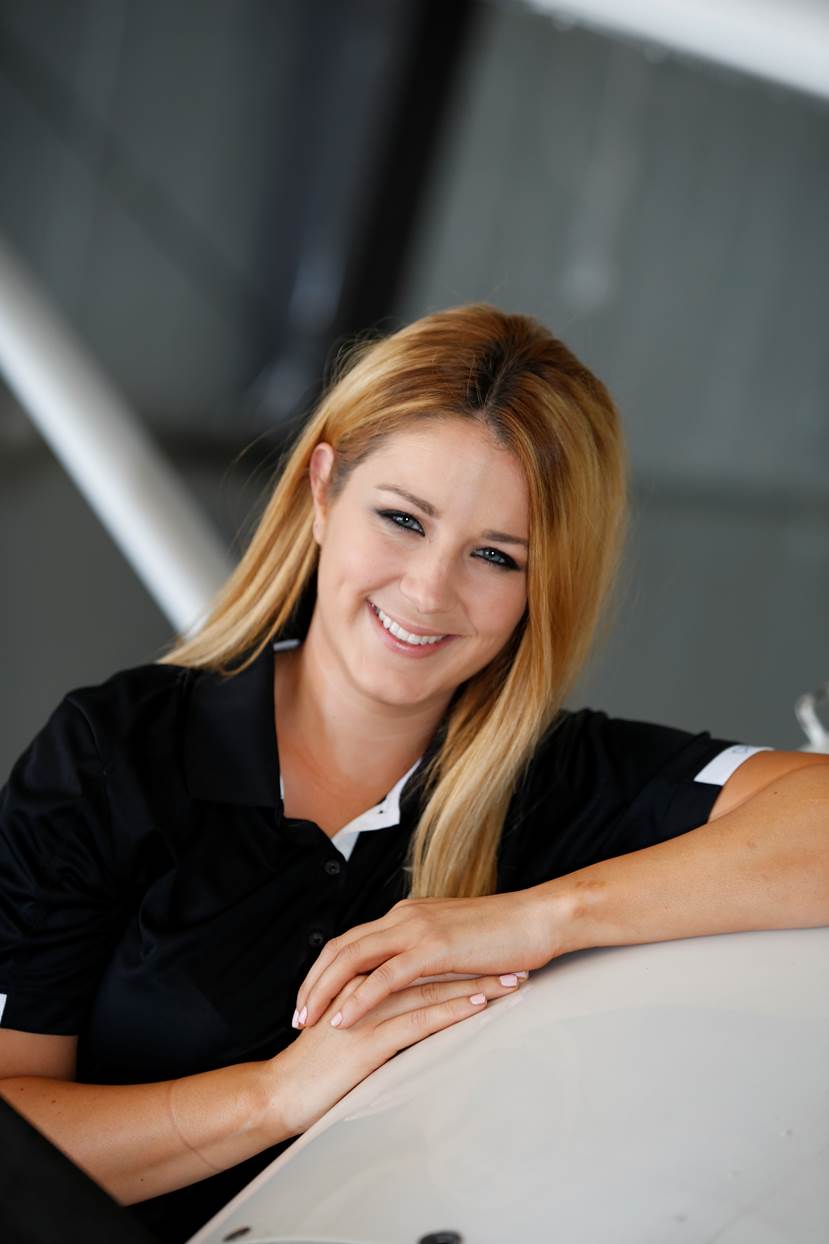New protocols for pilots with insulin-treated diabetes
Those with diabetes who’ve always dreamed of becoming airline pilots may now get their chance thanks to new protocols that the FAA released on November 7.
Under FAR Part 67.401, the federal air surgeon has discretion to allow pilots with insulin-treated diabetes mellitus (ITDM) to obtain a first or second class medical certificate as long as they do not pose a safety risk.
But new advances in medicine and technology, input from medical experts, years of experience with private pilots who have ITDM, and monitoring other countries with no adverse flight safety risks have swayed the FAA to change its policy—a move championed by AOPA, the Air Line Pilots Association, and the American Diabetes Association.
"Many private pilots who are insulin dependent have been flying safely since 1996,” said AOPA Senior Vice President of Government Affairs Jim Coon. “With medical advancements, such as continuous glucose monitoring along with proper protocols, the FAA's announcement should help many highly qualified pilots fly commercially.”

According to the American Diabetes Association, "Blanket bans based on diagnosis alone are never appropriate, even in safety sensitive positions. Not all persons with diabetes are fit to pilot a commercial aircraft, but certainly some are, and they should be afforded individual assessment of their medical condition and qualifications."
In order to apply for a first or second class medical certificate, pilots with ITDM may submit an application via MedXPress for medical review and consideration. Pilots will have to undergo a comprehensive medical evaluation and show a history of managing blood sugars using continuous glucose monitoring technology for at least six months. If approved, pilots will then be issued a special issuance authorization. Applicants should work with their aviation medical examiner, appropriate medical specialists (endocrinologist, cardiologist, ophthalmologist), and the FAA for the documentation needed for consideration.
The new protocols were released in the Federal Register on November 7 and effective immediately. The FAA will receive comments on the new protocols through January 6, 2020.




